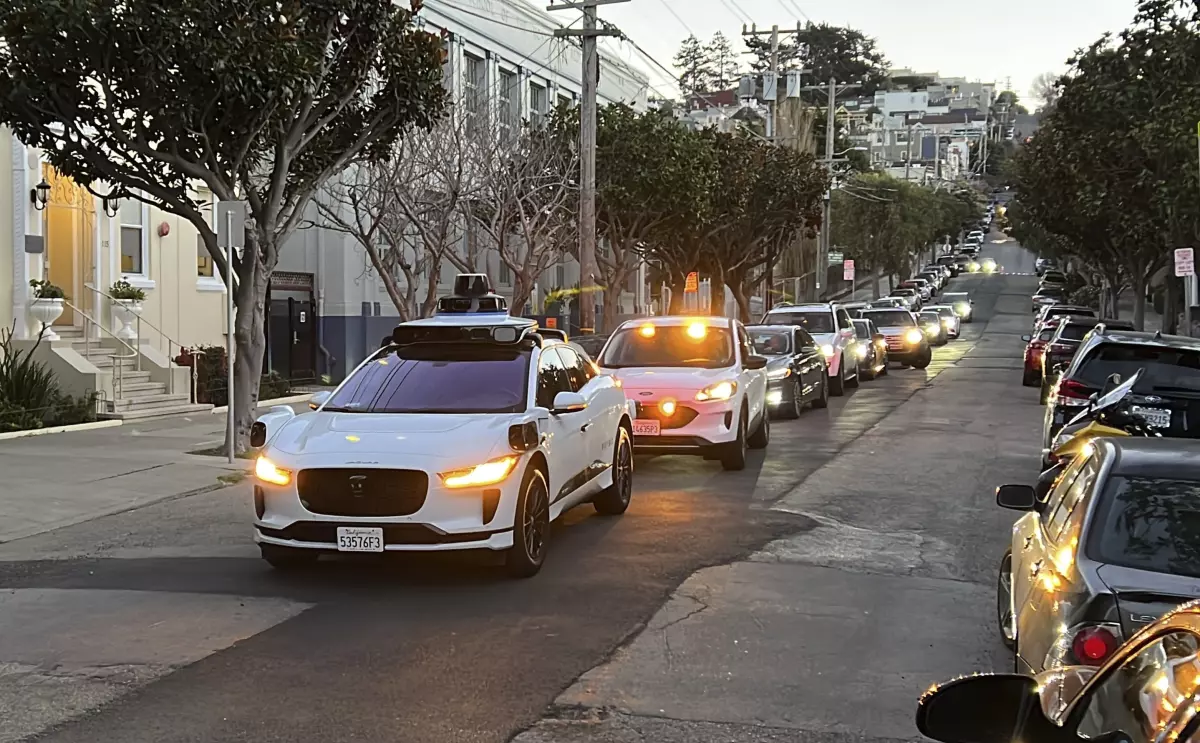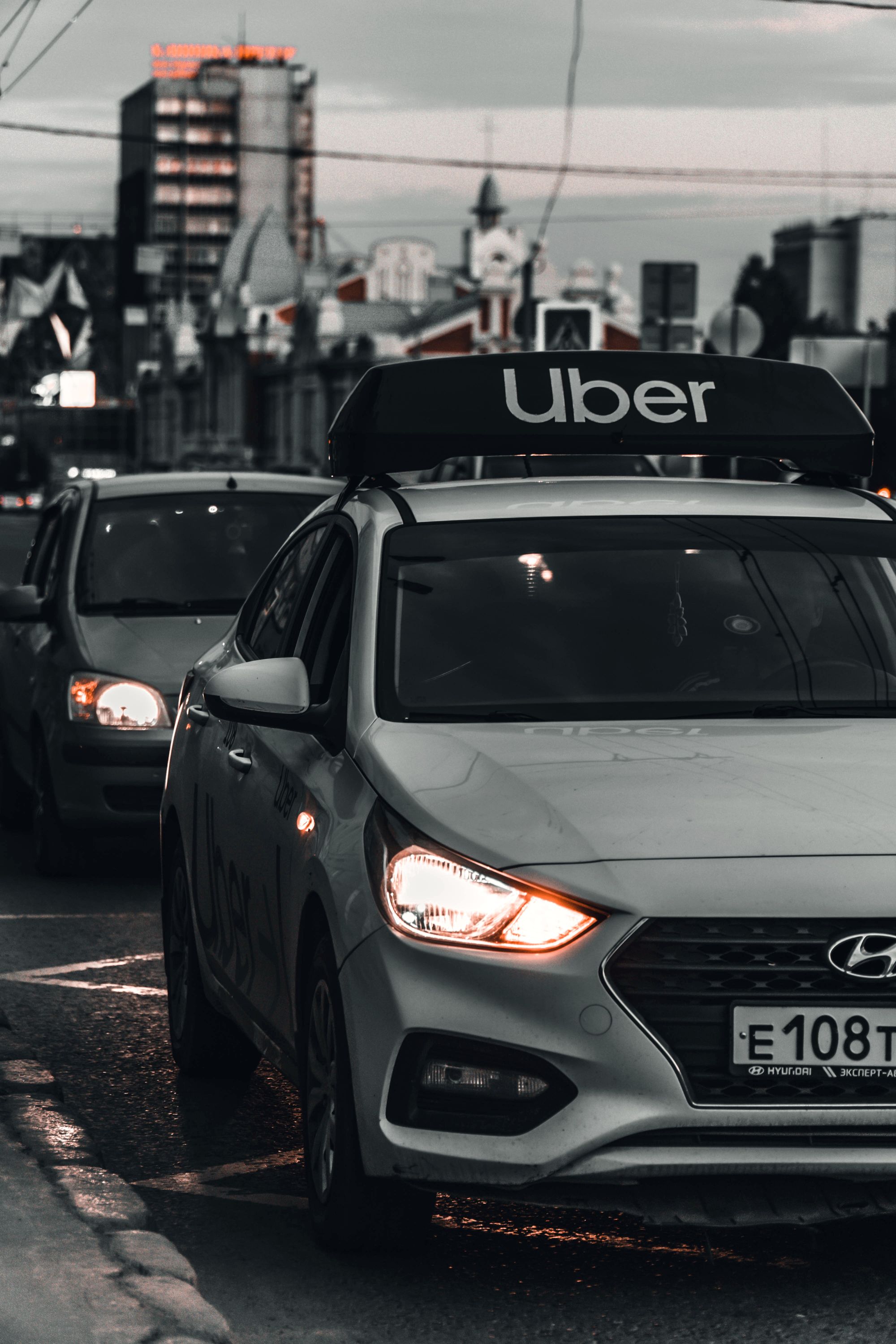Concerns and Regulation over Autonomous Taxis

Concerns about Safety
Amidst Waymo's provision of complimentary rides in Santa Monica and Venice, concerns about the safety of autonomous vehicles have escalated among Los Angeles officials. Mayor Bass has urged regulators to intensify their scrutiny of automated taxis and asserted that the city should play a role in shaping their regulations.
This call for increased oversight follows an incident in San Francisco involving a Cruise robotaxi dragging a person down a street, leading to the suspension of the company's permits and a subsequent halt of U.S. operations. Los Angeles officials, witnessing a surge in robotaxis being tested on city streets, express worries about potential harm and disruption.
Los Angeles Mayor Raises Concerns
Mayor Bass, in a letter to the California Public Utilities Commission (CPUC), emphasized the need for local input in the deployment of autonomous vehicles, citing incidents in San Francisco that have raised red flags.
She highlighted safety concerns, including instances of robotaxis blocking firehouse driveways, creating traffic congestion, and interfering with active fire scenes.
The mayor referenced a specific incident in Los Angeles where a Waymo driverless car failed to respond appropriately to a city traffic officer's signal, underscoring the necessity for comprehensive testing before operators expand their services.
As unease grows among some members of the Los Angeles City Council, the potential for a prolonged battle with tech companies seeking rapid expansion looms large.
Regulating autonomous taxis
In response to growing concerns, Mayor Bass and some members of the Los Angeles City Council are signaling a potential conflict as tech companies push for swift expansion into the city's vast market.
Drawing parallels with San Francisco's efforts to reassess permits for Waymo and Cruise, the Los Angeles City Council committee approved a motion to collaborate with San Francisco on regulating autonomous taxis.
Simultaneously, the committee seeks to enhance its regulatory power, acknowledging the need for concrete regulations on robot taxis to prioritize public safety.
The Need for Regulation
Los Angeles, with its extensive road network and millions of potential passengers, has been a prime testing ground for robotaxis. Despite ongoing testing, the Public Utilities Commission has yet to permit driverless taxis in the city.
Councilman Hugo Soto-Martinez, a proponent of supporting San Francisco's initiative, emphasizes the need for robust regulations to prevent putting lives at risk during the tech industry's experimentation phase.
The debate unfolds against the backdrop of Waymo's months-long promotion offering free rides in various Los Angeles neighborhoods, where the company claims to have collaborated with first responders to address safety concerns.
Waymo's Battle
However, Waymo's reluctance to disclose operational details, such as the number of cars in operation, has added fuel to the regulatory debate.
Mayor Bass's opposition to the deployment of autonomous vehicles in Los Angeles has drawn criticism from Waymo, asserting that their safety record and driving performance in the city remain strong.
The standoff between city officials and tech companies echoes past battles with ride-hailing services, reflecting the ongoing struggle to strike a balance between innovation and public safety in the realm of emerging transportation technologies.

